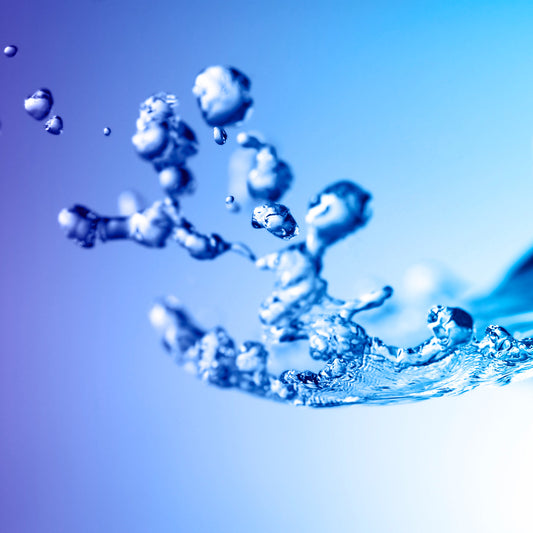
The Science Behind Purified Water: How It Works
Norman DevShare
Water is essential for life, but not all water is created equal. Purified water goes through a rigorous process to remove impurities and contaminants, ensuring a clean and safe drinking experience.
What is Purified Water?
Purified water is water that has been filtered or processed to remove impurities such as chemicals, bacteria, and other contaminants. This process goes beyond what is required by regulations for tap water, resulting in a higher level of purity.
How is Purified Water Made?
There are several methods used to purify water, including distillation, reverse osmosis, and filtration. Distillation involves boiling water and then condensing the steam back into liquid form, leaving impurities behind. Reverse osmosis uses a semipermeable membrane to remove contaminants, while filtration passes water through various filters to trap impurities.
Benefits of Purified Water
Drinking purified water has numerous benefits, including improved taste and odor, removal of harmful chemicals and bacteria, and peace of mind knowing that you are consuming clean water. Purified water is also ideal for household appliances, as it helps prevent mineral buildup and prolongs their lifespan.
Environmental Impact
While the process of purifying water requires energy and resources, the environmental impact is minimal compared to the benefits of clean water. By reducing the use of single-use plastic bottles, which contribute to pollution, purified water can be a more sustainable choice in the long run.
Understanding the science behind purified water can help you make informed decisions about the water you consume. Whether you choose to invest in a home filtration system or purchase purified water from a trusted source, prioritizing clean water is essential for your health and well-being.


